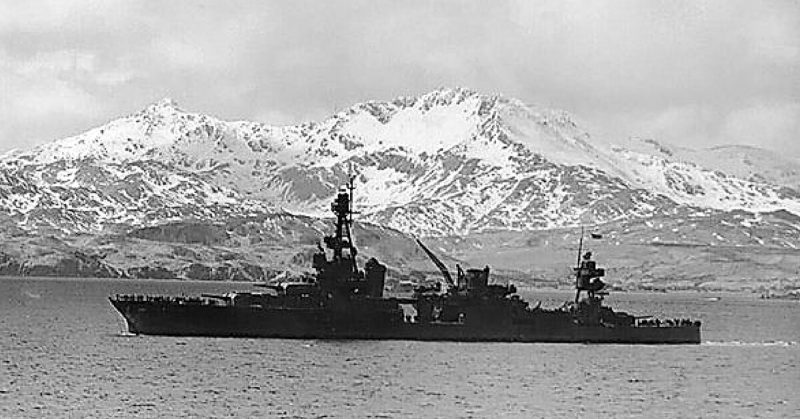World War II reached far and wide, touching a varied array of countries across the world. Most are unaware, though, that one of these affected regions was Alaska.
The Aleutian Islands Campaign occurred in 1942 when the Japanese attacked two Alaskan islands. It took a team of the US and Canadian forces almost a year to drive them off, due to the rough terrain and weather.
Why did Japan take the islands in the first place? At first, it was to control Pacific Ocean transportation. It prompted some Americans to believe that Alaska was a highly significant territory to hold and make into a state at a later date.
Additionally, the Japanese wanted to prevent the United States from launching an assault from Alaska. They also wanted to have the area available if they decided to launch aerial attacks against the western half of the US.
The campaign is sometimes known as the Forgotten Battle.
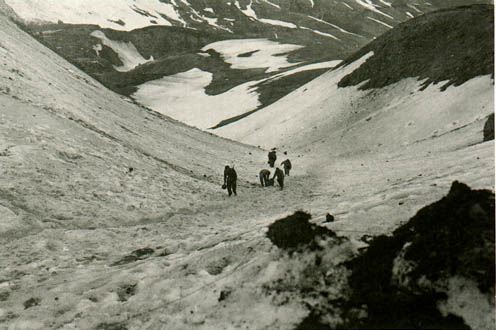
The Initial Attack
Before entering into World War II, the Japanese had gathered information regarding Alaska, but they did not know the current military status there. They decided rather be safe than sorry. Admiral Isoroku Yamamoto traveled to the territory with two aircraft carriers, five cruisers, 12 destroyers, six submarines and four troop transporters.
Upon arriving, they decided they would launch an air attack on Dutch Harbor. After that, they would make an amphibious attack on one of the Islands, Adak. Even though they would later discover the island was unprotected, they went in with the intention of destroying anything American there.
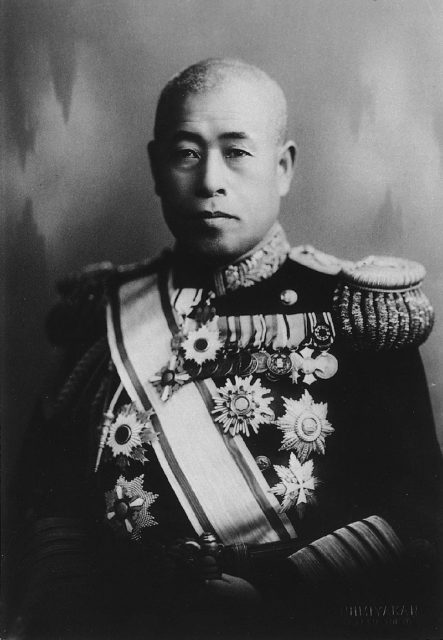
The United States Naval Intelligence had known about the attack before it occurred, thanks to their deciphering of Japanese naval codes. At the time, the US military in Alaska numbered about 45,000 men. Aircraft were sent throughout the islands to discover the location of the Japanese aircraft carriers. The carriers were found; however, they were concealed by bad weather.
Japanese intelligence believed the nearest American airfield was on Kodiak, about 600 miles away from Dutch Harbor. The harbor was exposed and ripe for them to attack.
Making good use of the bad weather that was concealing their ships, the Japanese attempted a raid on the Dutch Harbor Naval Base on June 3, 1942. However, only half the air force sent on the raid succeeded. The other Japanese planes were lost in the fog or crashed into the ocean. Others returned to their carrier without reaching the Base.
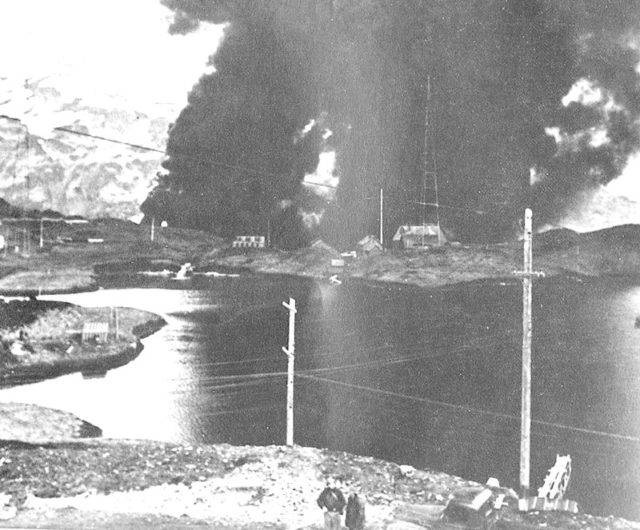
The Japanese attacked Dutch Harbor again the next day, with better organization and preparation. They managed to set the oil storage tanks ablaze, demolish part of the hospital and damaged several ships.
Meanwhile, American pilots had once again found the Japanese carriers but were unable to sink them. Bad weather rolled into the islands, preventing any further action.
It also prevented the Japanese from carrying out another attack on the Island of Adak. However, in the next week, they invaded the small islands of Kiska and Attu where they found only local Aleuts, who did not resist. The population of Aleuts on the islands at this time was low, as the US troops had forcibly removed most and sent them to an internment camp.
The United States Responds
Later in the year, the US Army set up an air base on Adak and began bombing the Japanese, who were at this point located on Kiska. Additionally, the US Navy moved into the area.
Kiska Harbor was the main naval base for the Japanese during the campaign, and air raids were able to target warships. One submarine led by Lieutenant Commander Howard Gilmore sank and damaged destroyers, resulting in as many as 200 casualties.
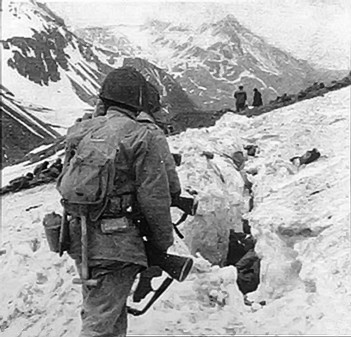
In the summer of 1943, the United States began putting together a plan for recapturing the island of Attu. Unfortunately, a landing craft shortage and bad weather made it difficult.
However, what landings could be made, were, and they went uncontested by the Japanese, who moved further inland. Eventually, they fought and the combat ended with almost 4,000 US casualties, including many that suffered from weather-related maladies.
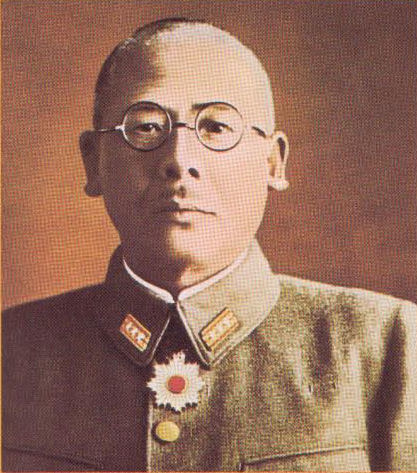
Later in the month, the Japanese attacked without warning. It was what would be one of the largest banzai charges in the entire Pacific campaign, although it gets little recognition. Colonel Yasuyo Yamasaki led it; substantially penetrating US lines, with brutal hand-to-hand combat. In the end, though, the Japanese troops were mostly dead, with only 28 surrendering as prisoners, none of these being high-ranking officers.
Reinvigorated by their win on Attu, it was time for the US troops to go after Kiska. In August, they banded together with Canadian troops, trained for winter warfare, and planned their attack.
Upon arrival, though, they discovered the entire island had been abandoned. Using the bad weather and heavy fog as a cover, the Japanese Navy had evacuated two weeks before. The US had been bombing abandoned positions for three weeks. Unfortunately, the operation on Kiska still resulted in more than 300 casualties, due to friendly fire, Japanese booby traps left behind, disease and the weather.
After the Campaign
At first, the United States decided it would retaliate against Japan, and attack the northern part of their country. It never did happen.
During the campaign, two cemeteries were created for those killed in action on Attu. When the tundra began to destroy the cemeteries after the war, all bodies were relocated and sent back to the States.
